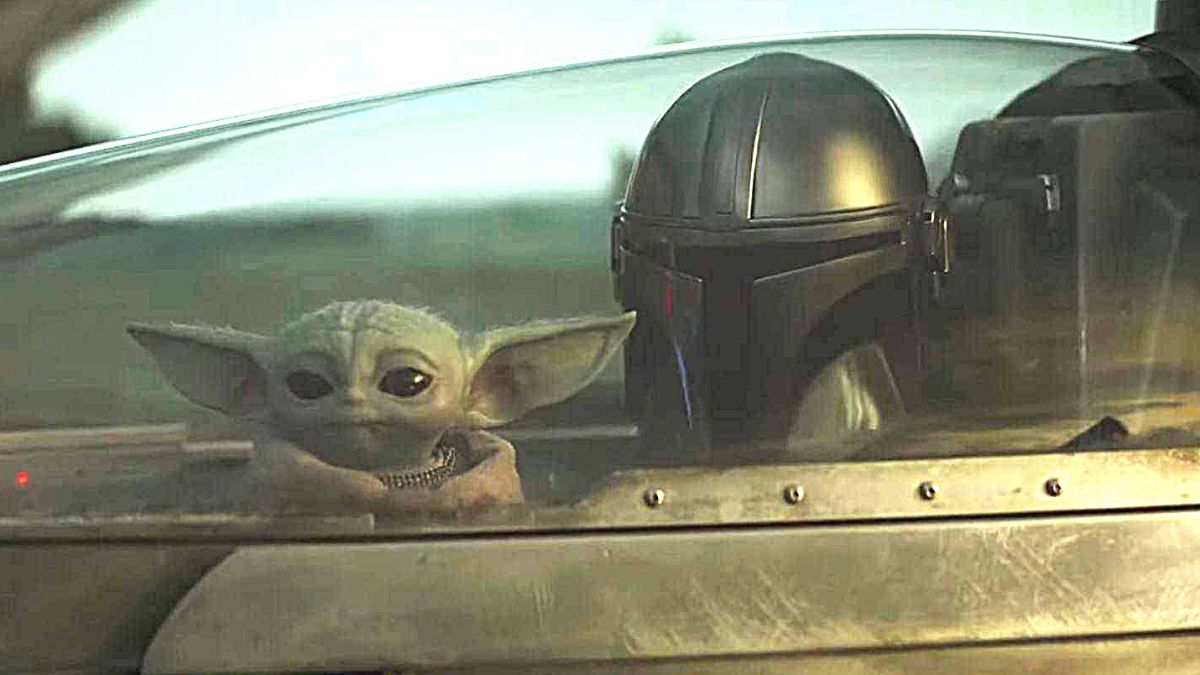Warning: The article contains spoilers for The Mandalorian season three, episode two.
In a speedy plot development by The Mandalorian standards, we broke through a damaged atmosphere to arrive on Mandalore in the second episode of the third chapter.
“Chapter 18” of The Mandalorian was titled “The Mines of Mandalore,” which hinted that the mission of the titular Mandalorian, Din Djariin, was going to plan. Mandalorians were members of multiple species from the planet Mandalore who shared a common language, creed, and code. They are primarily known as highly trained mercenaries and bounty hunters, and at various times in Star Wars’ galactic history, they have played an important role as legendary fighters and conquerors.
Mandalore has previously appeared in canon in the animated series Star Wars: The Clone Wars and Star Wars: Rebels. However, The Mandalorian and The Book of Boba Fett have built up the myth and superstition behind the Mandalorian culture, especially the devastation of the Mandalorian homeworld.
The Purge of Mandalore was the Empire’s bombardment of Mandalore, or as the Mandalorian princess Bo-Katan Kryze put it, their successful attempt to “punish” all Mandalorians. It left the planet devastated, and the cause and consequences — particularly whether the planet was left poisoned, cursed, and uninhabitable — helped divide the surviving Mandalorian tribes scattered around the galaxy.
Post-Purge Mandalore was a revelation, but the planet had a few hidden surprises. On the way to its cliffhanger conclusion, “Chapter 18” left a trail of breadcrumbs leading to a mythical reveal.
Return of the Mythosaur
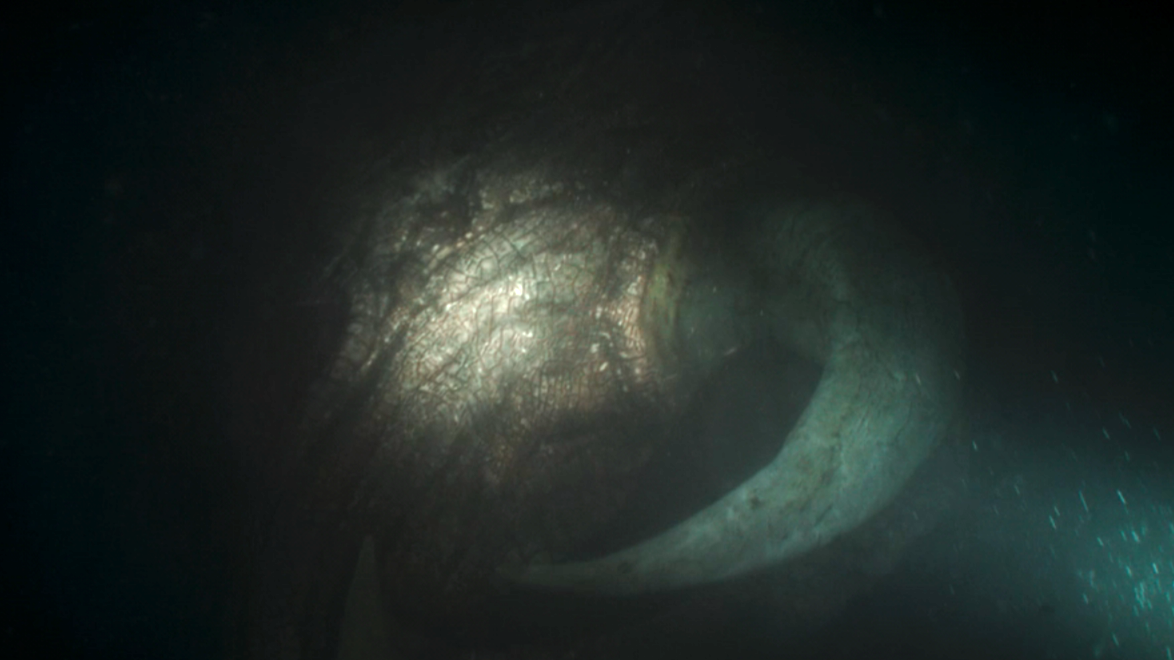
When Din Djarin has the chance to step into the living waters of the Mines of Mandalore to recover his place as a Mandalorian, he’s dragged under, forcing Bo-Katan to rescue him from the impressively deep waters. According to the Mandalorian Creed, a Mandalorian apostate who took off their helmet and sought atonement could be redeemed in the Living Waters.
A discovery in the Living Waters
The Creed that Djarin abides by has been instilled in him by his orthodox tribe, the Children of the Watch, who oppose the Bo-Katan’s regal but more liberal approach to the Mandalorian way. Bo Katan’s mindset is linked to the destruction of the planet she once ruled. Her separation from Mandalorian culture is evident when she reads the plaque by the Living Waters, which explains that the cavern dates from the First Mandalore and was previously a Mythosaur lair.
It’s not unusual for a character to be surprised by underwater creatures in Star Wars. It happened in the first film when Luke Skywalker was attacked by a dianoga creature while trapped in a Death Star garbage compactor. That creature was put there to deal with rodents, but what lurked under the living waters definitely wasn’t. On her rescue of Djarin, the giant beast Bo-Katan sees underwater is a mythosaur.
Legend of the Mythosaur
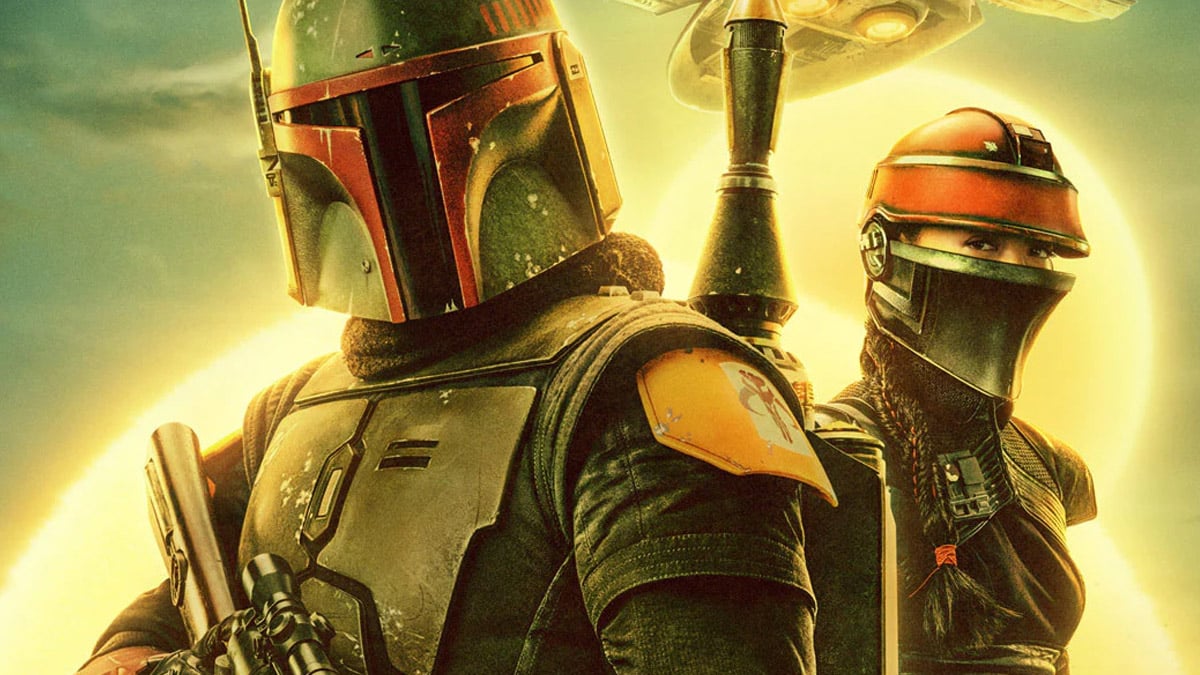
The recap of “Chapter 18” left the first hint that the beast would return. When Bo-Katan wondered if the presence of the sentient humanoid species, the Alamites, on the planet, meant other things could have survived the Purge. The Armorer’s words were ringing in our ears: “The songs of eons past foretold of the Mythosaur rising up to herald a new age of Mandalore.”
The Armorer is a woman, Mandalorian Armorer from Mandalore, who led the Tribe, a part of the Children of the Watch. She forged a new set of armor for the Mandalorian bounty hunter Din Djarin, which was crafted with the beskar he provided. During this time, she reminded Djarin and Tribe member Paz Vizsla of the way they ought to live, preventing a clash.
The history of the Mythosaur
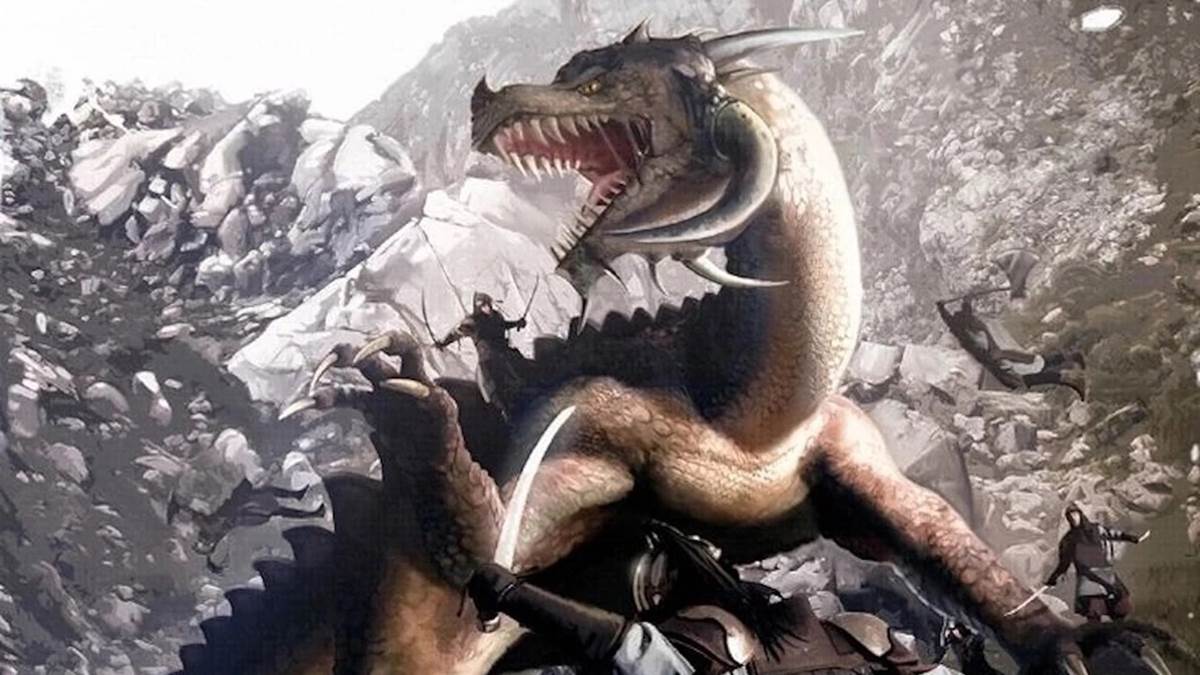
These giant reptiles walked ancient Mandalore and were tamed and used in battle by the first Mandalorian lords, including Mandalore the Great, during the Dark Galactic War, a war between the Sith Empire and the Galactic Republic Union lasting for a total of 24 years. We knew they were gigantic, but The Mandalorian reveals how huge they are (as did Bo-Katan’s shocked reaction). It’s no wonder they became a symbol of power and prowess and one that is familiar to Star Wars fans. The iconic crest of a mythosaur skull survived the cataclysm, the Purge, and the diaspora to take its place among famous Star Wars symbols.
Warriors carry the skull motif on their armor, first seen on the shoulder plate of Boba Fett in Star Wars: Episode V: The Empire Strikes Back.
Who else is aware of the Mythosaur?
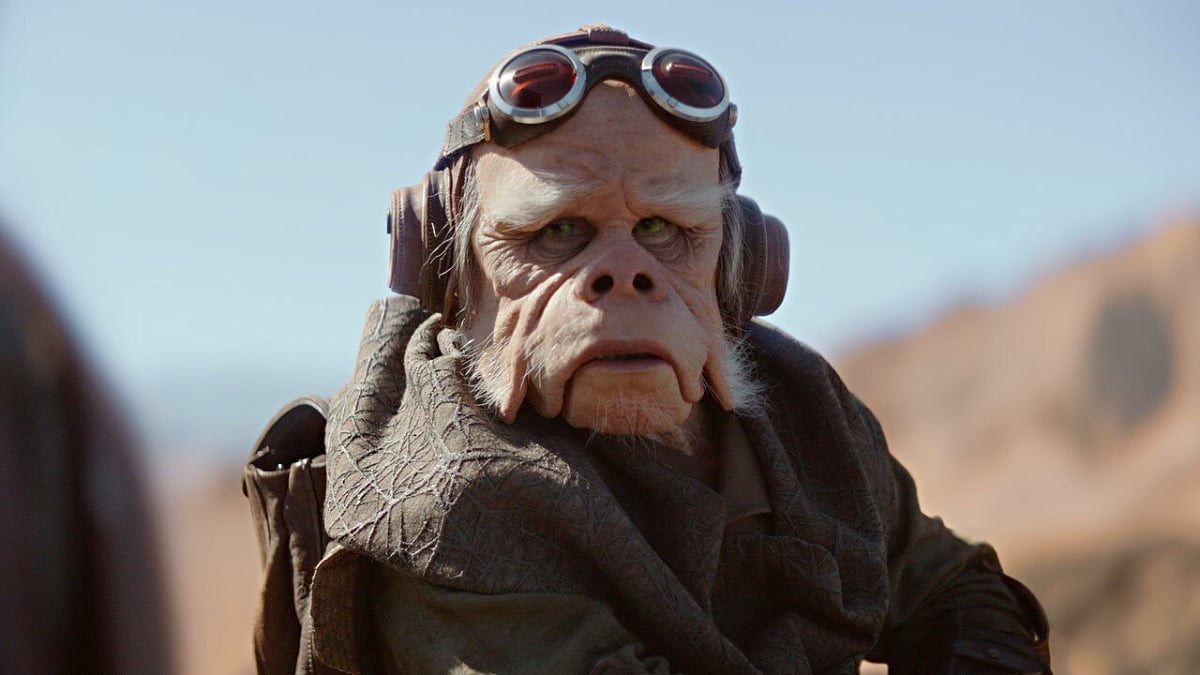
They aren’t known only to Mandalorians. Back in “Chapter 1: The Mandalorian,” the Ugnaught Kuiil ridiculed Djarin’s struggle to ride a blurrg, reminding him that ancient Mandalorians rode the far larger mythosaurs.
Mythosaurs are another example of Star Wars lore previously shunted into Star Wars Legends during Disney’s purge of the canon returning to continuity. The beasts first appeared in 1982, in the pages of Marvel’s Star Wars #69, as a skeletal monster, although it was only given its brilliant name in Star Wars Insider #80 (2005).
While their symbol preceded their confirmation, they first entered the current canon in an unlikely place — the Star Wars magazine Build the Millennium Falcon #32.
What does the return of the Mythosaur mean?
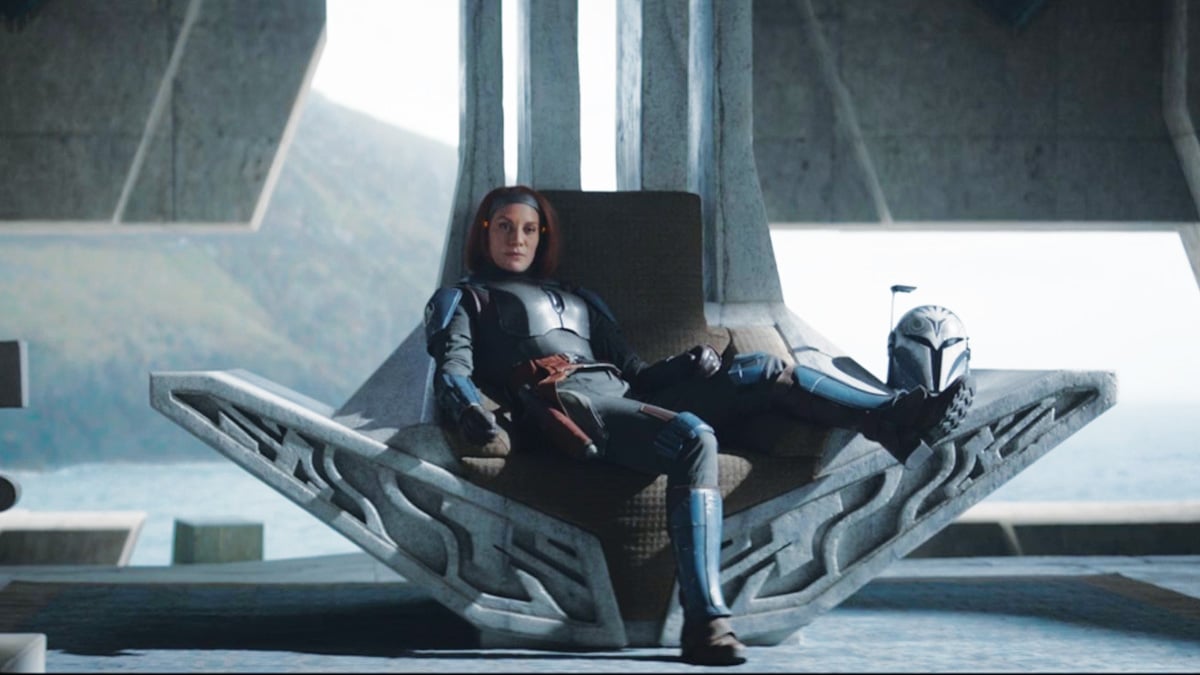
The giant creatures lived up to their name thanks to their (so far) unexplained extinction. But as the legends the Armorer referred to suggest, the Mythosaur is prophesied to herald a new age for the Mandalorian culture.
Crucially, Din Djarin didn’t see the beast in “Chapter 18,” and it wasn’t clear that the Mythosaur was responsible for his plummet. But Bo-Katan, one of the most disillusioned Mandalorians we’ve ever met, would be clear about what the giant creature means. The promise of a new age is just what the once-time Mandalorian leader was waiting for. The beast just needs to rise up — out of the Living Waters.

